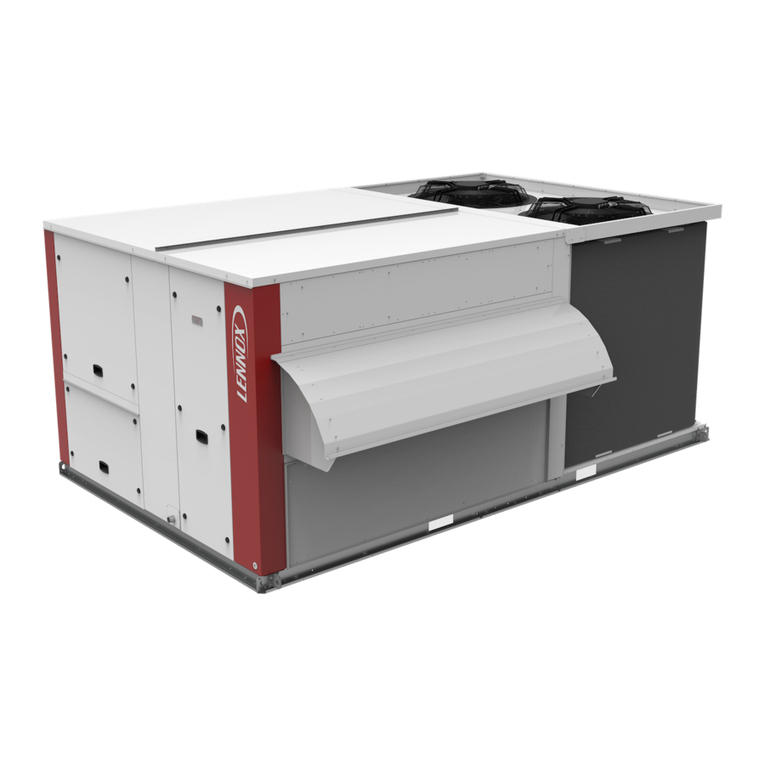Lennox Humiditrol L Series User manual
Other Lennox Air Conditioner manuals
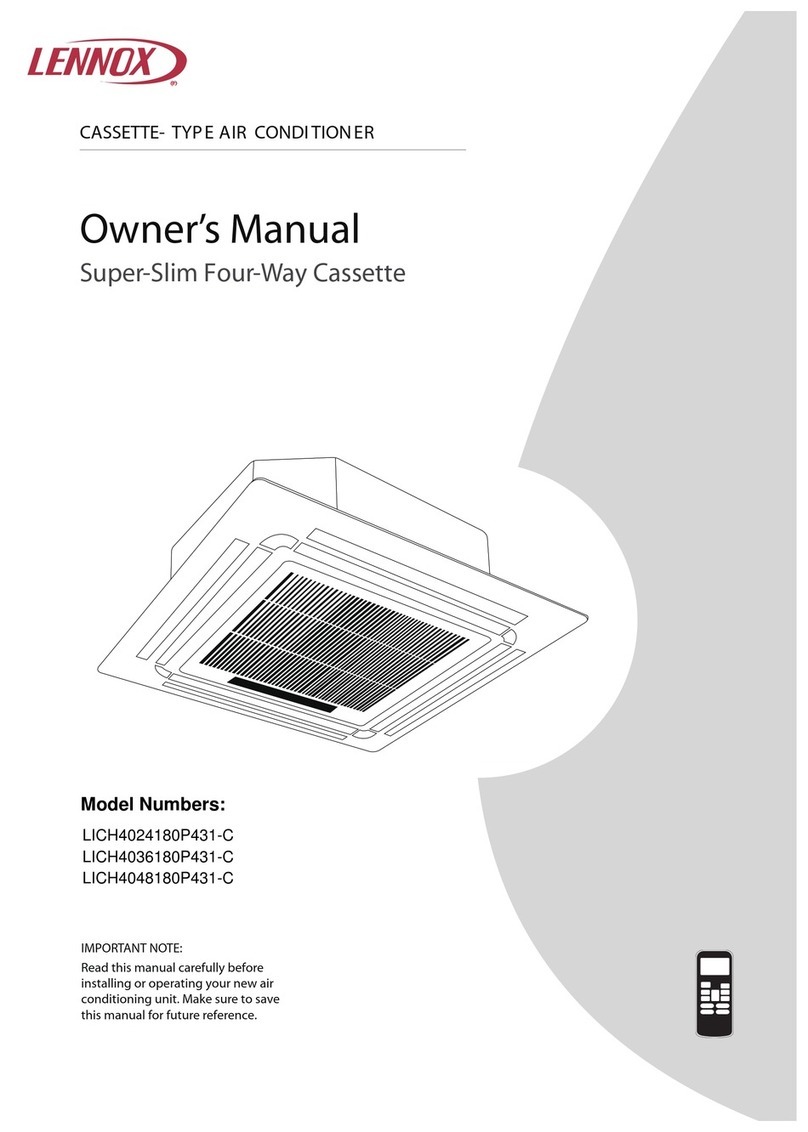
Lennox
Lennox LICH4024180P431-C User manual
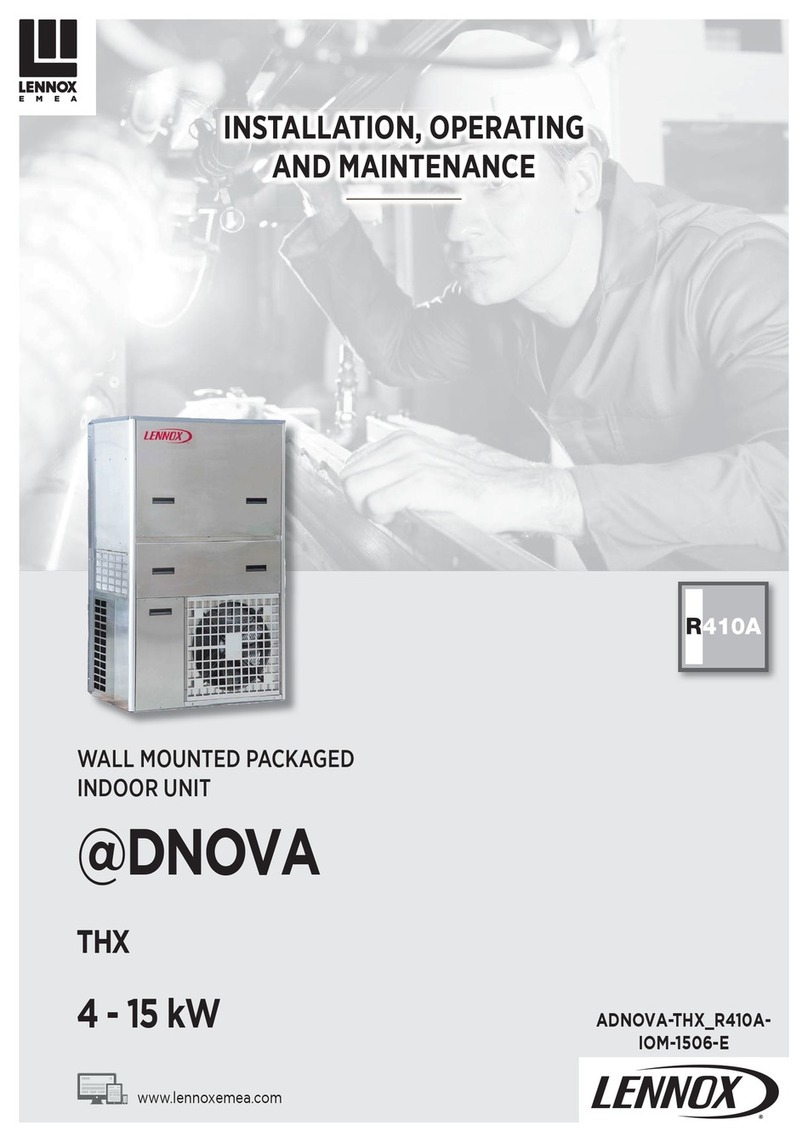
Lennox
Lennox ADNOVA THX 045 Assembly instructions

Lennox
Lennox LGT036 User manual
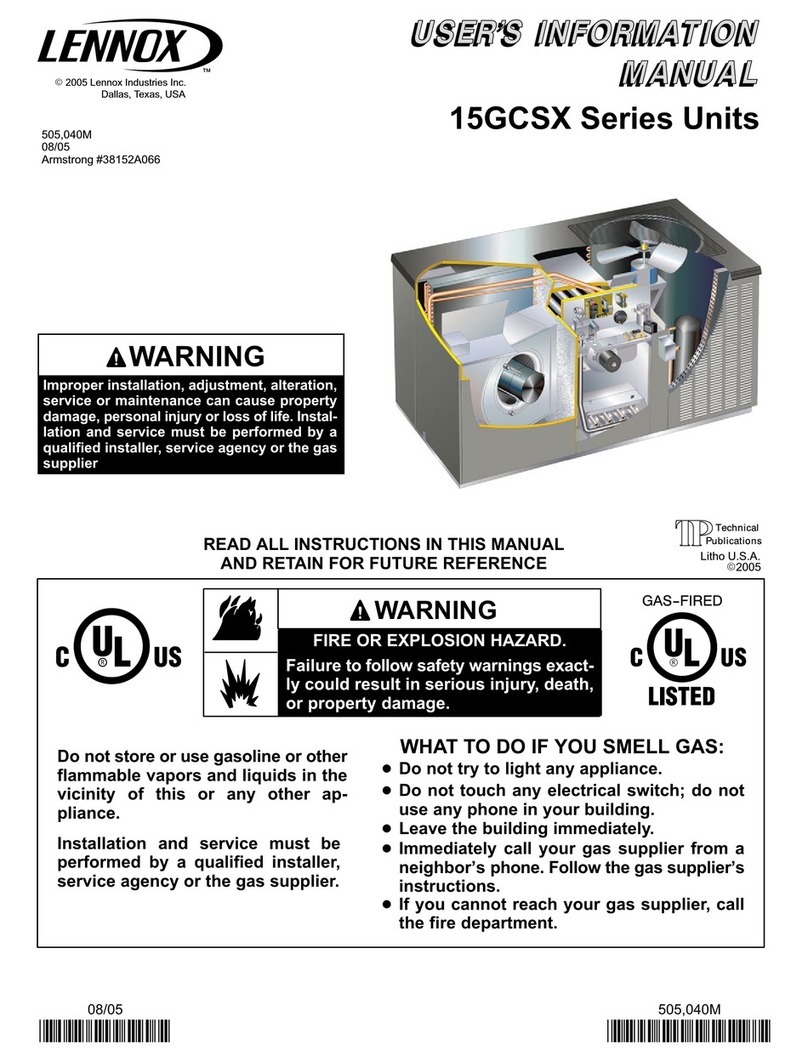
Lennox
Lennox 15GCSX Series Guide
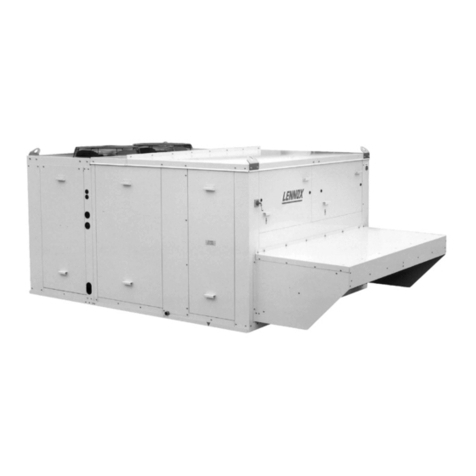
Lennox
Lennox ROOFTOP 07-08-10 Owner's manual
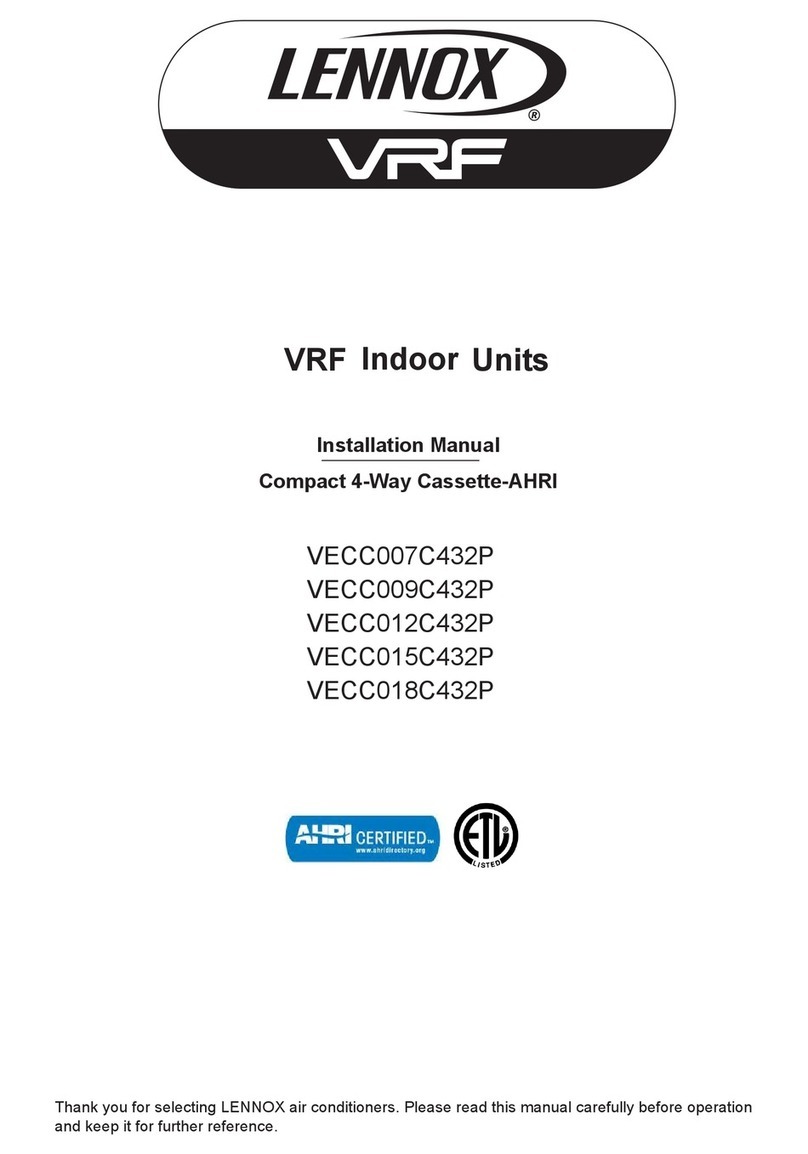
Lennox
Lennox VRF VECC007C432P User manual
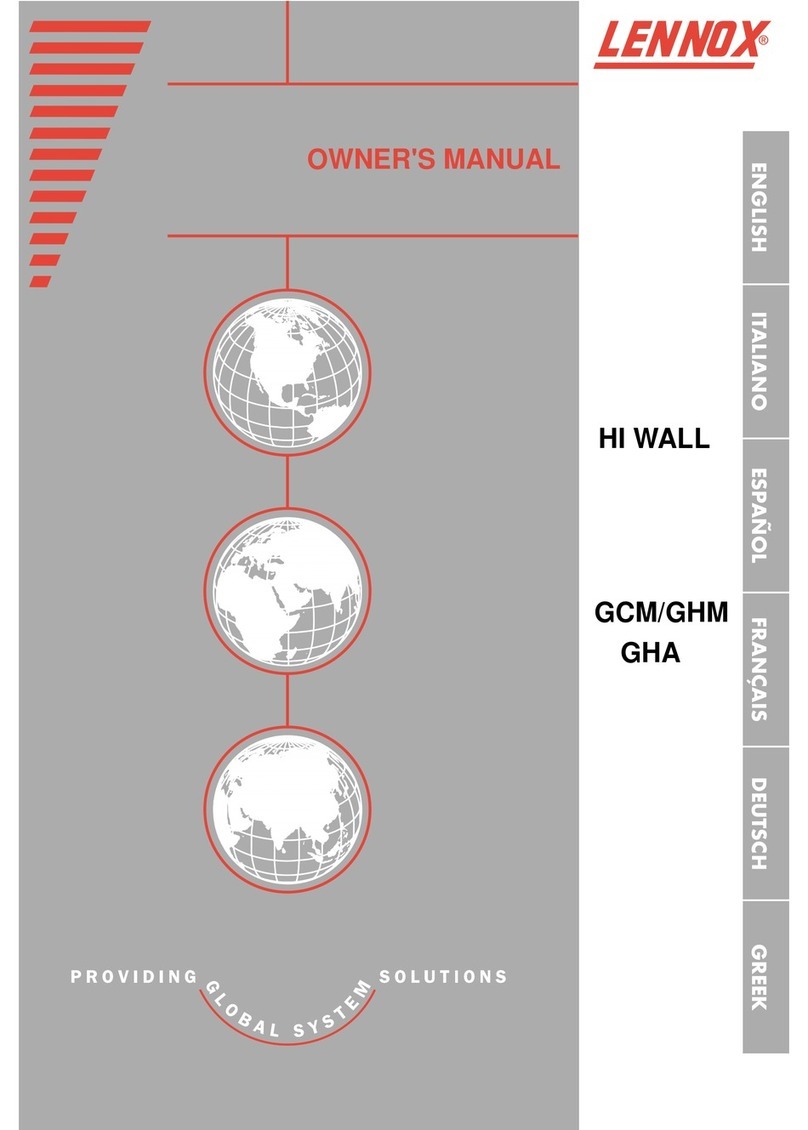
Lennox
Lennox GCM Series User manual

Lennox
Lennox LS25 Series User manual
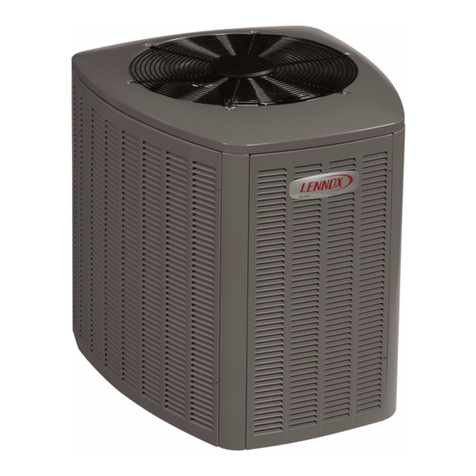
Lennox
Lennox Elite XC13 User manual

Lennox
Lennox 15GCSX Series Guide

Lennox
Lennox LI012CI-210P432 User manual
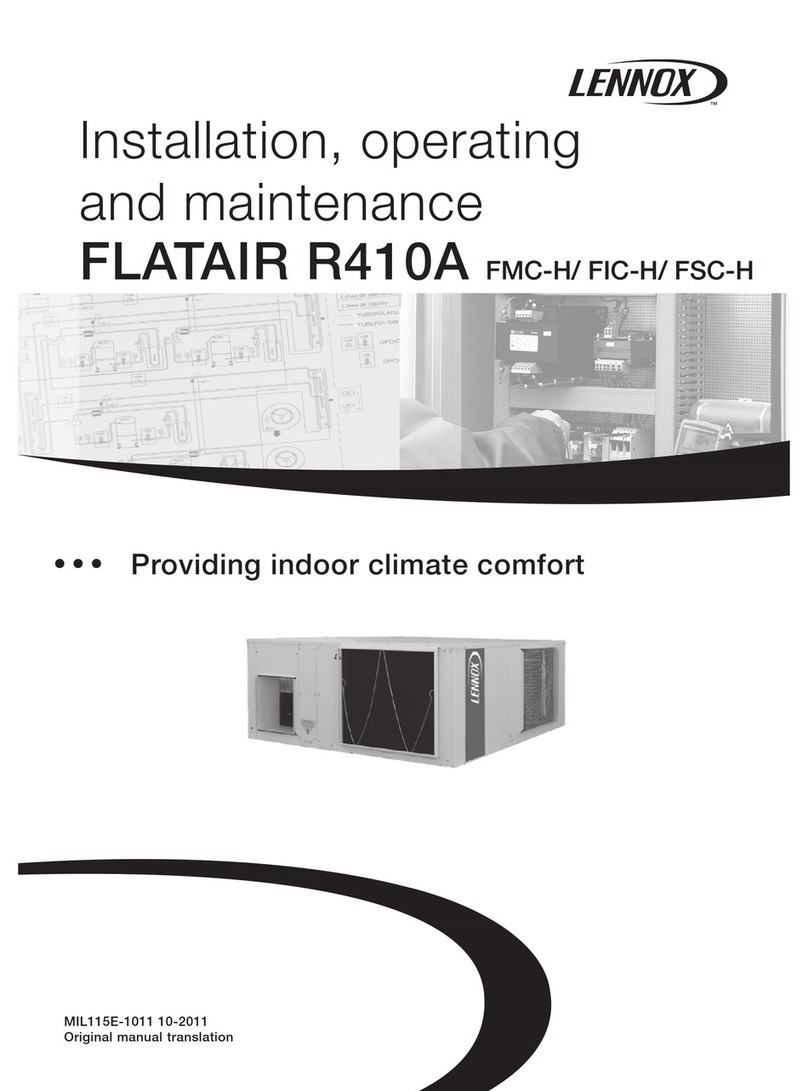
Lennox
Lennox FLATAIR FMC-H User manual
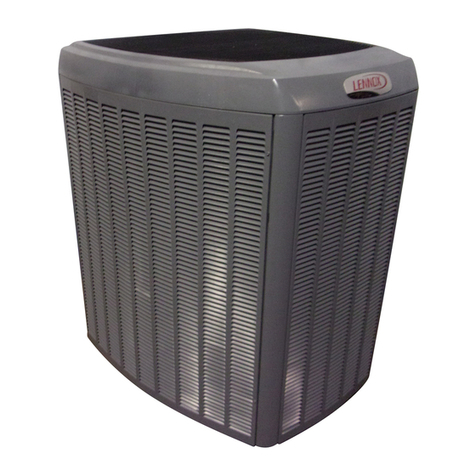
Lennox
Lennox Dave Lennox Signature Collection XC15 User manual
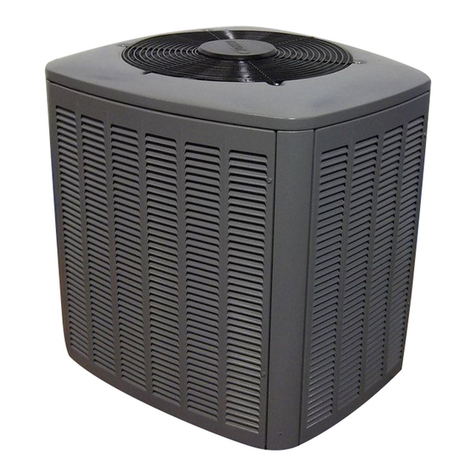
Lennox
Lennox XC14 User manual

Lennox
Lennox iComfort SL280UH090V36B User manual

Lennox
Lennox KDB024 User manual

Lennox
Lennox WING User guide

Lennox
Lennox LI012CI-170P432-1 User manual
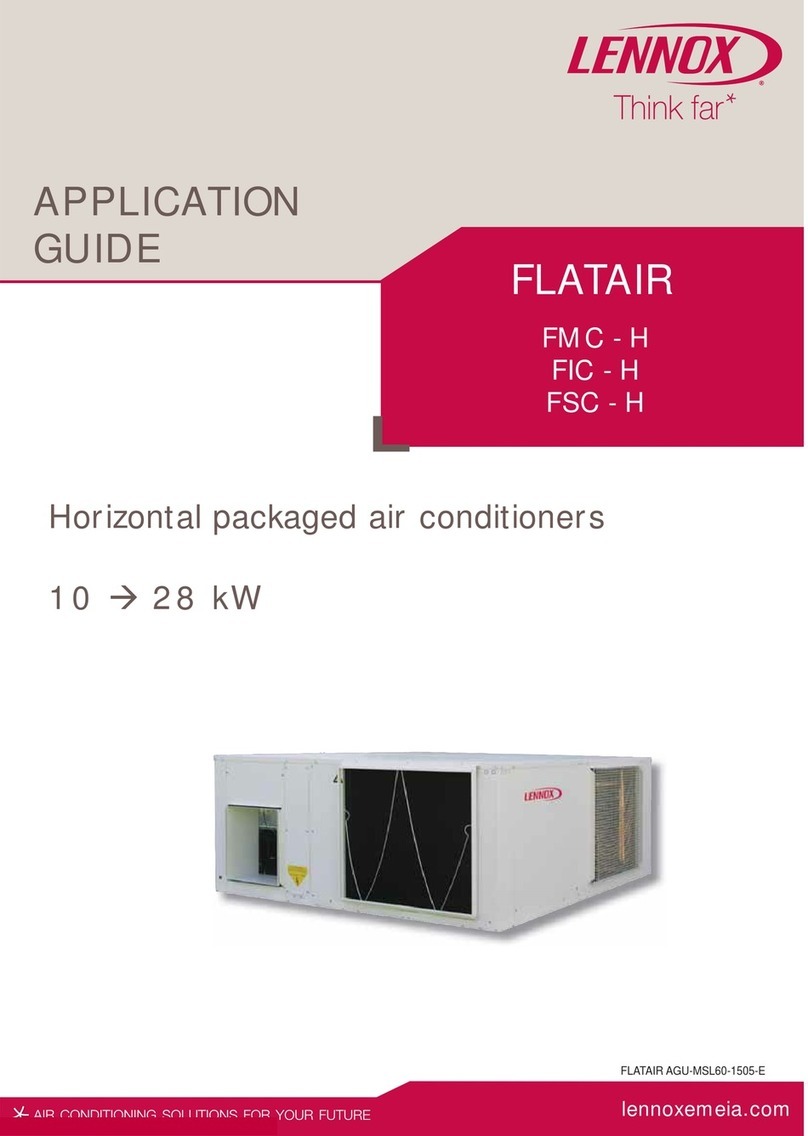
Lennox
Lennox FLATAIR FMC-H Series User guide
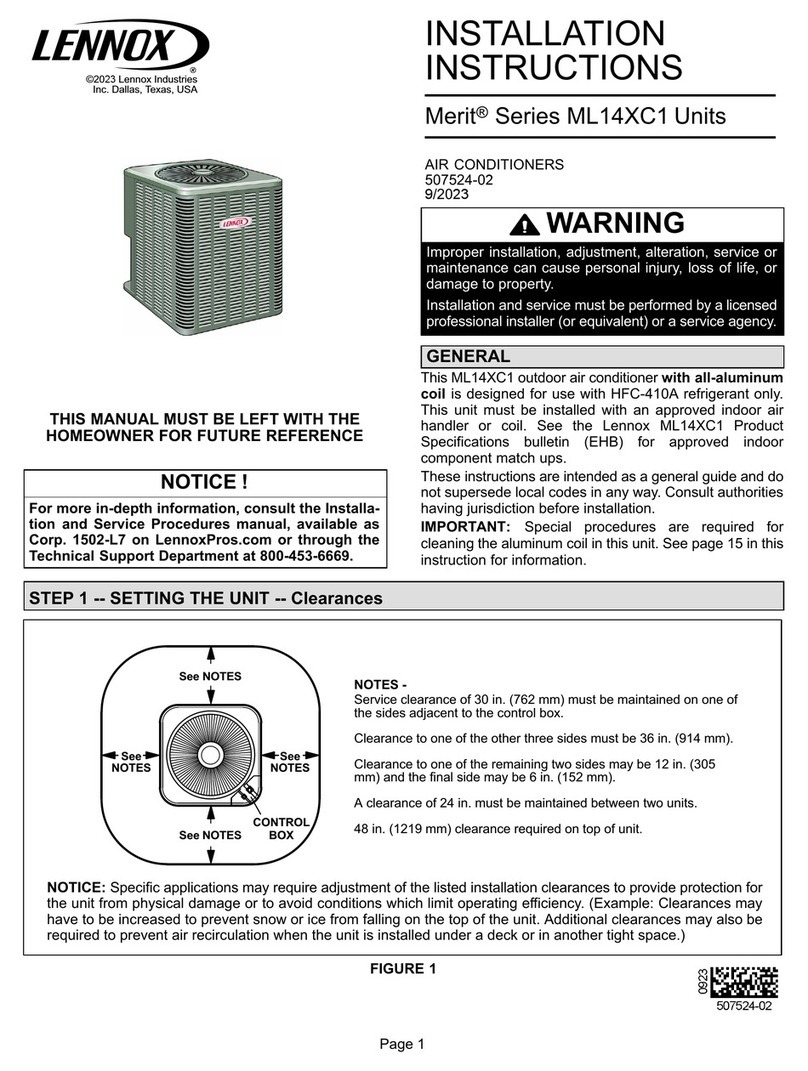
Lennox
Lennox Merit ML14XC1-018-230A User manual
Popular Air Conditioner manuals by other brands

Fujitsu
Fujitsu ASYG 09 LLCA installation manual

York
York HVHC 07-12DS Installation & owner's manual

Carrier
Carrier Fan Coil 42B Installation, operation and maintenance manual

intensity
intensity IDUFCI60KC-3 installation manual

Frigidaire
Frigidaire FAC064K7A2 Factory parts catalog

Sanyo
Sanyo KS2432 instruction manual

Mitsubishi Electric
Mitsubishi Electric PUHZ-RP50VHA4 Service manual

Panasonic
Panasonic CS-S18HKQ Service manual

Panasonic
Panasonic CS-E15NKE3 operating instructions

Gree
Gree GWH18TC-K3DNA1B/I Service manual

Friedrich
Friedrich ZoneAire Compact P08SA owner's manual

Daikin
Daikin R32 Split Series installation manual



